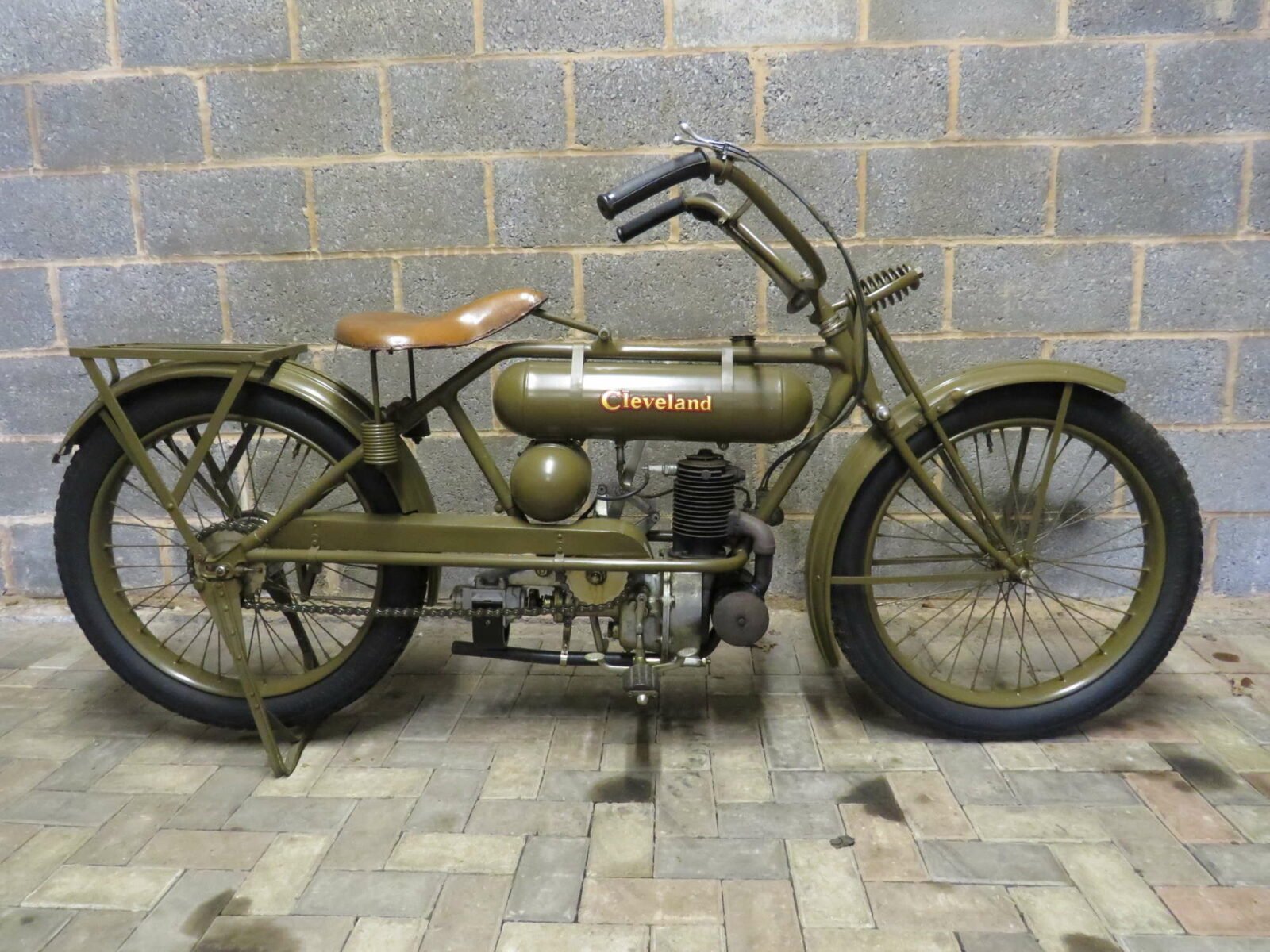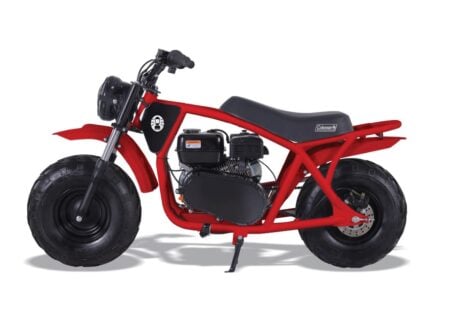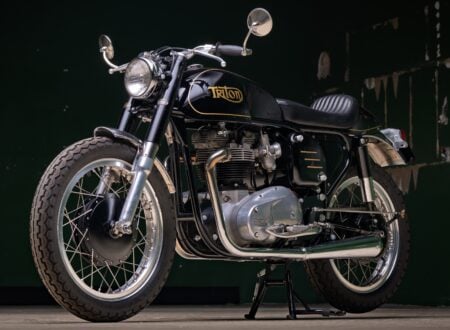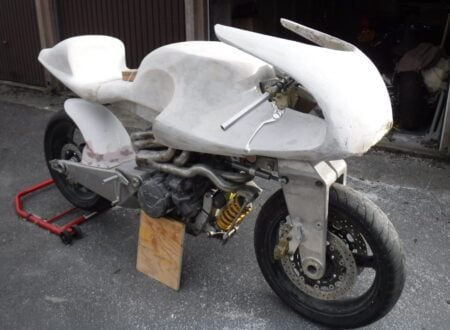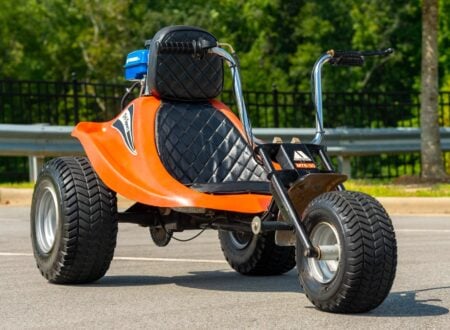This 1917 Cleveland A2 was a US Army dispatch motorcycle that was used in Europe during the WWI. It was abandoned in France after the war, then later rediscovered just outside Paris and restored back to original military specification.
The Cleveland A2 was one of the more popular American dispatch and courier motorcycles during the war, thanks in large part to its reliability and how easy it was to work on. The example you see in this article is currently for sale and it comes with an extensive history file.
Fast Facts – The Cleveland A2 Motorcycle
- The Cleveland Motorcycle Manufacturing Company was founded in 1915, near the beginning of the First World War. Demand was high for simple, fuel-efficient motorcycles that could be used by the war effort, and so that was exactly what the company built.
- The Cleveland A2 was designed with a 221cc single-cylinder, air-cooled, two-stroke engine with an unusual longitudinal crankshaft orientation rather than the more common transverse layout. It was fitted with a two-speed transmission and a chain final drive, and it developed a reputation for reliability.
- The US armed forces bought many Cleveland motorcycles for use in WWI as dispatch and courier bikes, as well as motorcycles from rival American motorcycle manufacturers Harley-Davidson, Indian, and Henderson.
- Sadly, Cleveland would become one of many victims of the Wall Street Crash of 1929 which led to the Great Depression. It was almost bought out by Harley-Davidson who had their eye on the company’s 598cc T-head four-cylinder engine, however the deal never went through.
The Cleveland Motorcycle Manufacturing Company
The Cleveland Motorcycle Manufacturing Company was founded by George N. Adams and Charles A. Mueller in 1915 in Cleveland, Ohio. The United States was rapidly adapting to the automobile and motorcycle, and as a result demand for inexpensive motorized transportation was exploding from coast to coast.
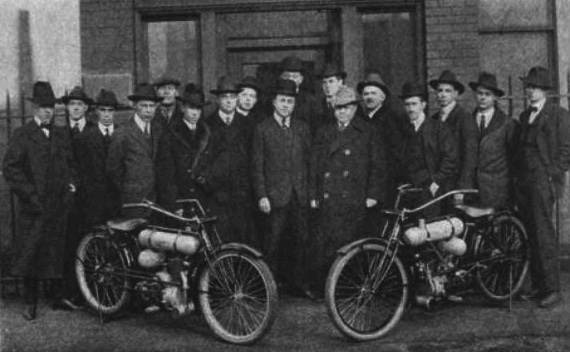

The First World War had erupted in the middle of 1914 and even though the United States wouldn’t join the war themselves until April of 1917, they did provide an invaluable supply of equipment for the war effort to the United Kingdom, France, and other Allies in the years before.
WWI had been a turning point for mechanized warfare, and one of the most popular vehicles was the motorcycle due to its small size, low cost, and relatively high speed – by the standards of the time.
Motorcycle dispatch riders became vital lines of communication between the various front lines and the commanding officers, and as a result the riders themselves became some of the most skilled motorcyclists of the era.
It would be into this maelstrom of war that the Cleveland Motorcycle Manufacturing Company was born. The decision was made to focus on a simple first motorcycle that could be used both for the war effort and for transportation by civilians in the USA.
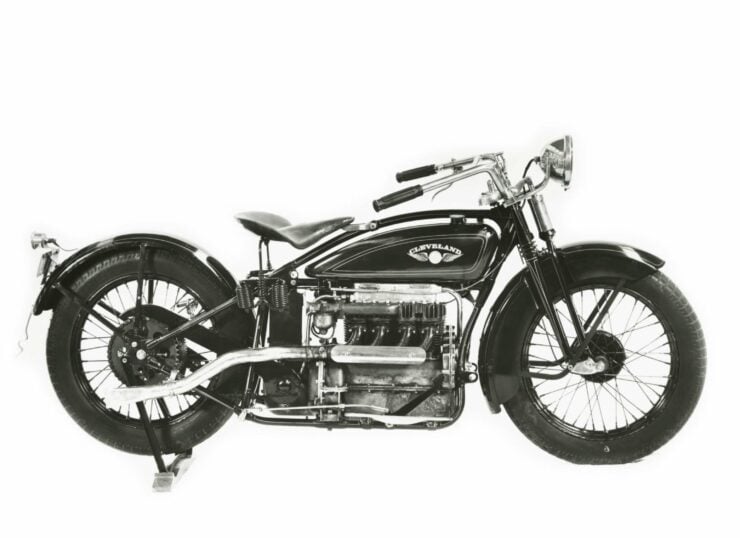

Strategically it was a smart move, and the company was quickly rewarded with a military contract to produce the motorcycle for the US Army, and for supply to Allied nations. Harley-Davidson, Indian, and Henderson also provided motorcycles for the war effort, however the Cleveland was among the simplest from a mechanical perspective, making it popular with those tasked with maintaining the fleet.
WWI would be a boom time for the company, after the war in 1922 they were able to buy out rival manufacturer Reading-Standard, and develop a number of new engines to remain competitive in the rapidly evolving American motorcycle market.
Perhaps the most famous Cleveland engine design was the 598cc T-head four-cylinder designed by L. E. Fowler as a more affordable answer to the very popular, and very fast, Ace Four. Interestingly, Ace would later be bought by Indian, who would then release their own version of the four-cylinder bike – the Indian Four.
New four-cylinder engine designs would follow, both designed by E. H. DeLong with an inlet-over-exhaust layout. Initially this engine was released in 1926 with a displacement of 750cc, a 1000cc version would be released a year later in 1927.
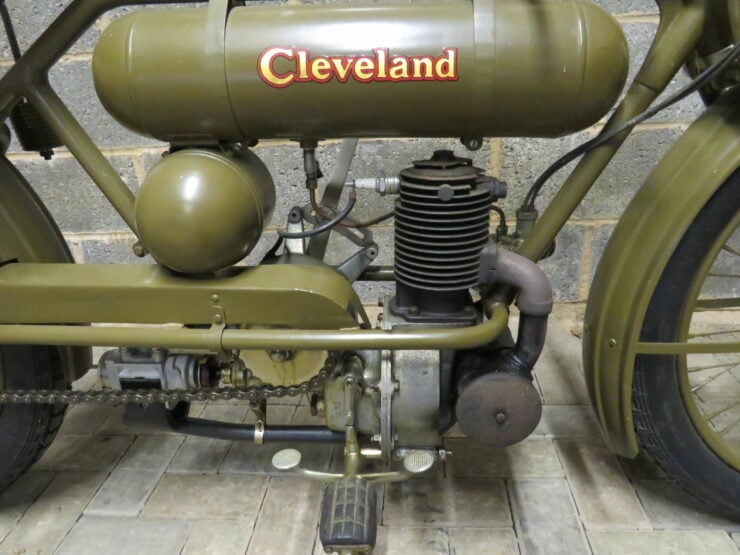

Sadly this wasn’t enough to save the company, and the Wall Street Crash of 1929 all but spelled the end for Cleveland. There were negotiations to sell the company to Harley-Davidson who were looking to develop their own answer to the Indian Four, however ultimately the sale never went through.
The Cleveland A2 US Army Dispatch Motorcycle
With its displacement of 221cc the two-stroke Cleveland A2 was never going to be the fastest motorcycle in the world, but it wasn’t designed for speed it was designed for reliability.
The engine itself had an unusual design with a longitudinal crankshaft orientation which then relied on a worm drive to turn the axis of rotation to the transmission by 90°. The two-speed transmission would then send power to the rear wheel using a traditional chain final drive.
The engine also has a countershaft that extends backward to drive the magneto which is installed just in front of the rear wheel. The motorcycle itself had an otherwise standard design with a tubular steel frame, a fuel tank slung beneath the frame top tube, minimal front suspension, no rear suspension at all, a sprung saddle, and a small brake on the rear wheel.
A from 1915 until into 1918 a significant portion of Cleveland A2 production was bought by the US Army and the motorcycle was used extensively in Europe. In fact a fair number of these motorcycles never made it back to the USA, remaining in Europe as the shipping cost was higher than the value of the vehicle in many cases.
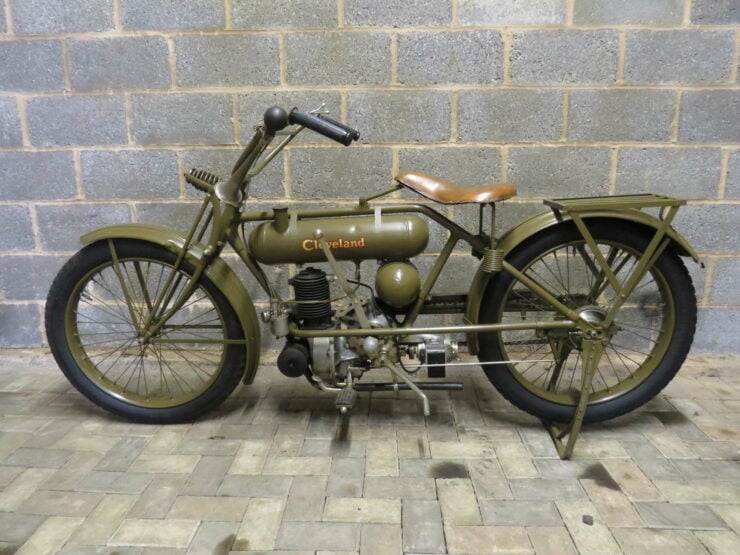

The 1917 Cleveland A2 Shown Here
The motorcycle you see here is a 1917 Cleveland A2 that was used by the US Army in Europe during the war. Much of its early history is lost as it was found abandoned by the side of the road not far from Paris after WWI.
Fortunately it ended up in the hands of someone who took care of it, and slowly restored it over a period of 30 years. It was then shipped from France to Holland by a family member when the original owner and his son passed away.
The bike is now described as being in running condition, however it’s recommended that the new owner give it a recommissioning before attempting any road use.
It’s being offered for sale with with a history file containing original old French log book, a Dutch import form, and other associated paperwork with a price guide of £12,000 – £14,000 or approximately $16,800 USD – $19,600 USD.
If you’d like to read more about this unusual piece of WWI history you can visit the listing here on Silverstone Auctions.
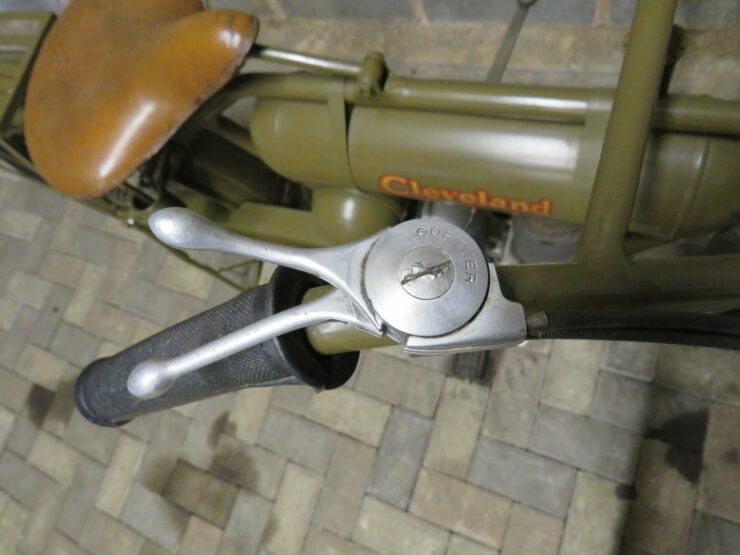
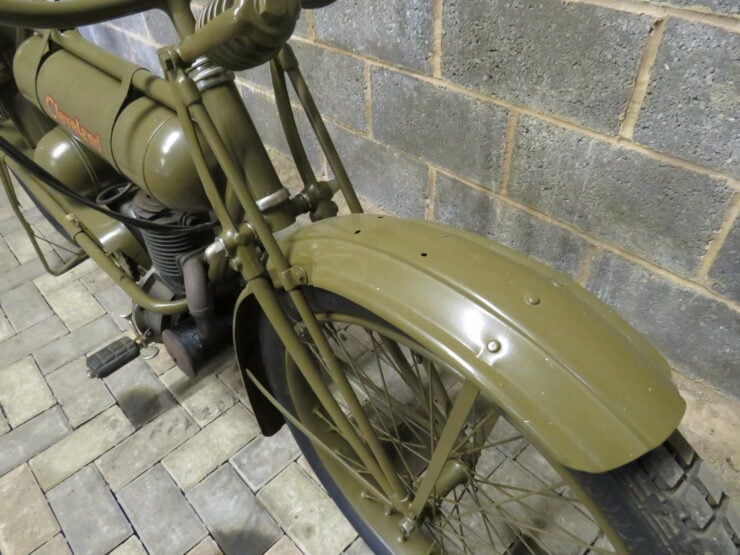
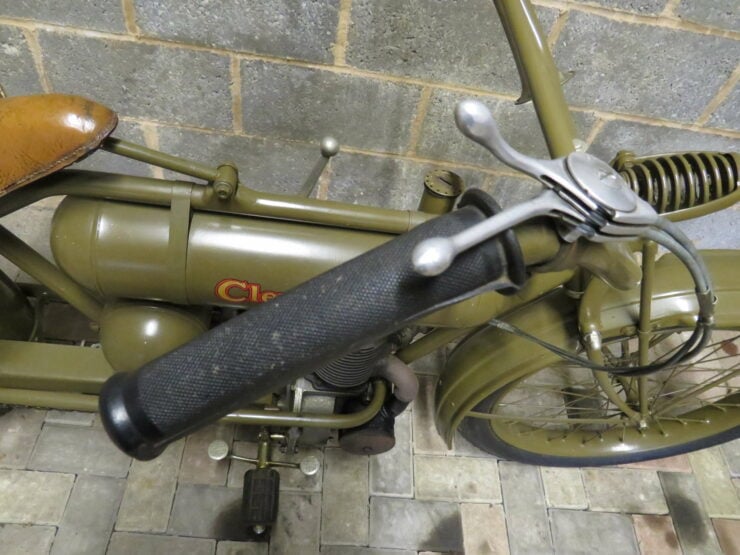
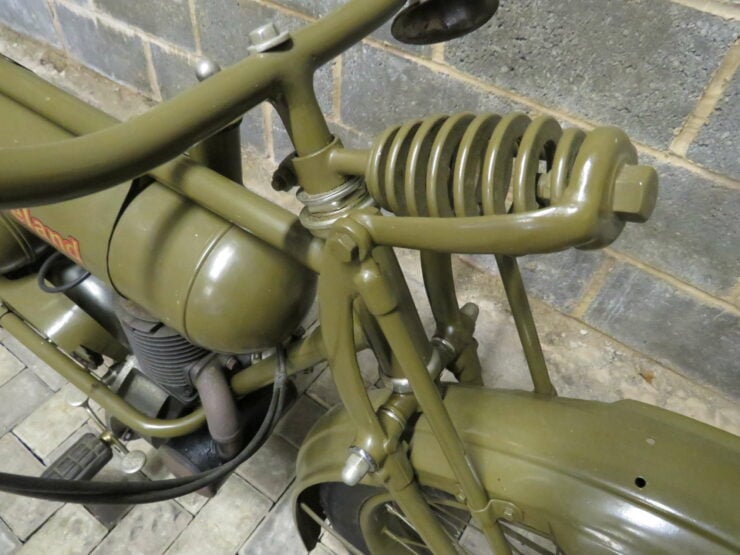
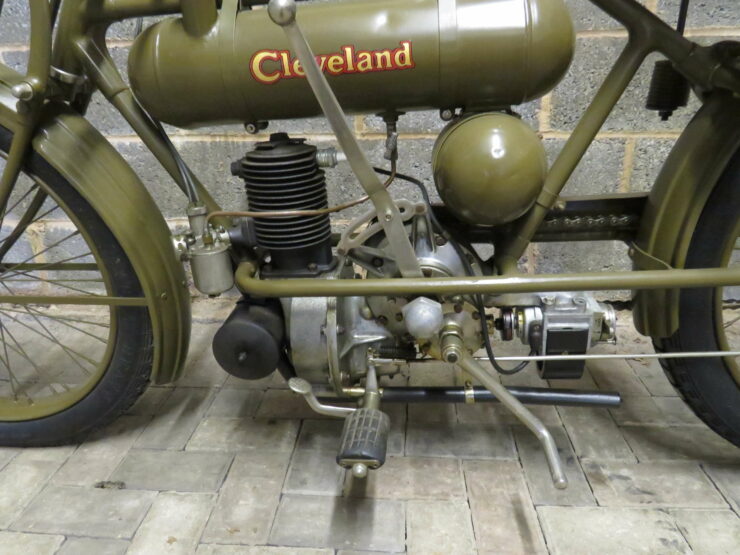

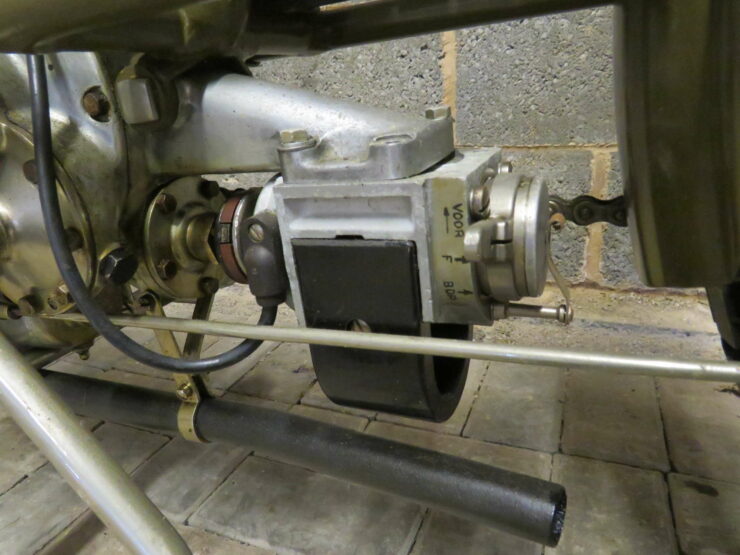
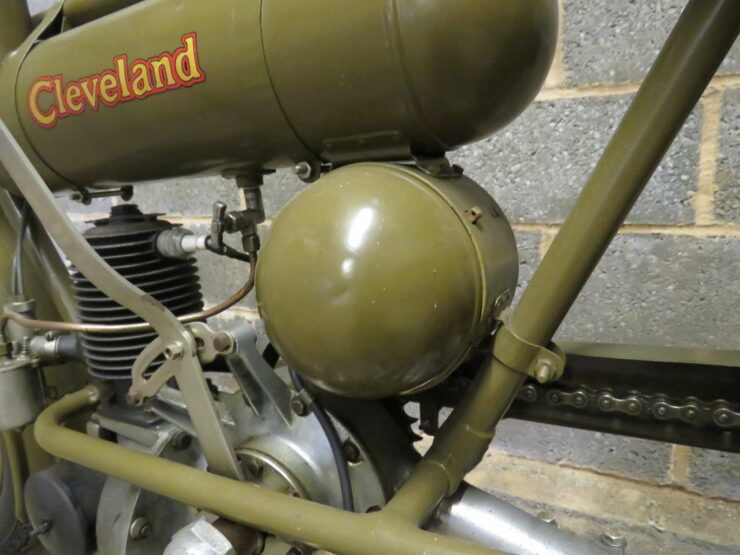
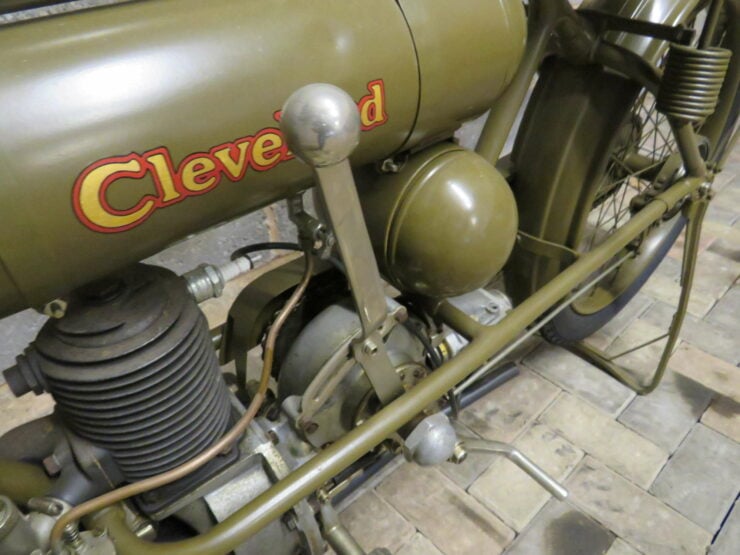
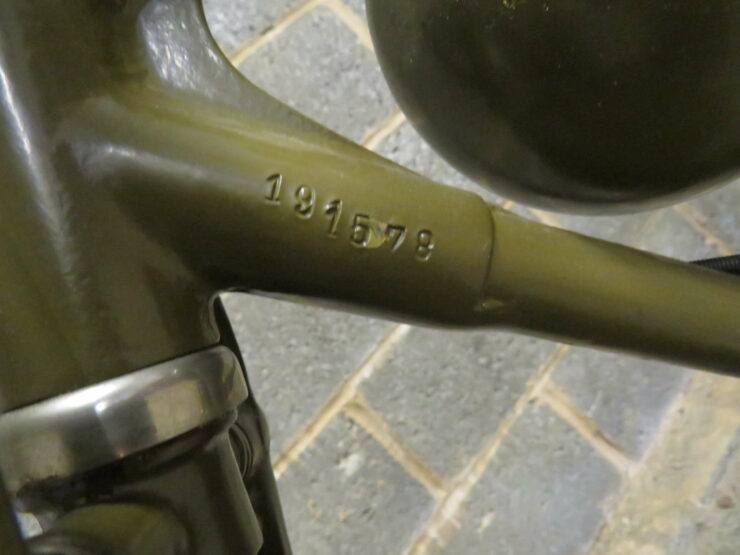
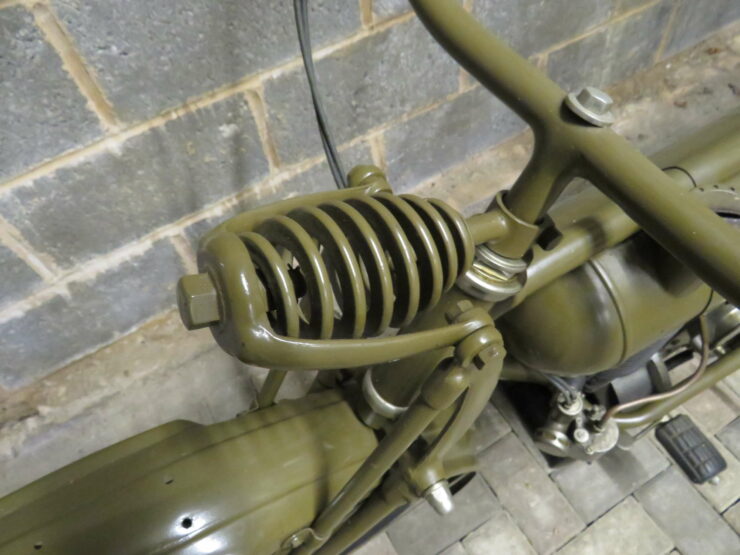
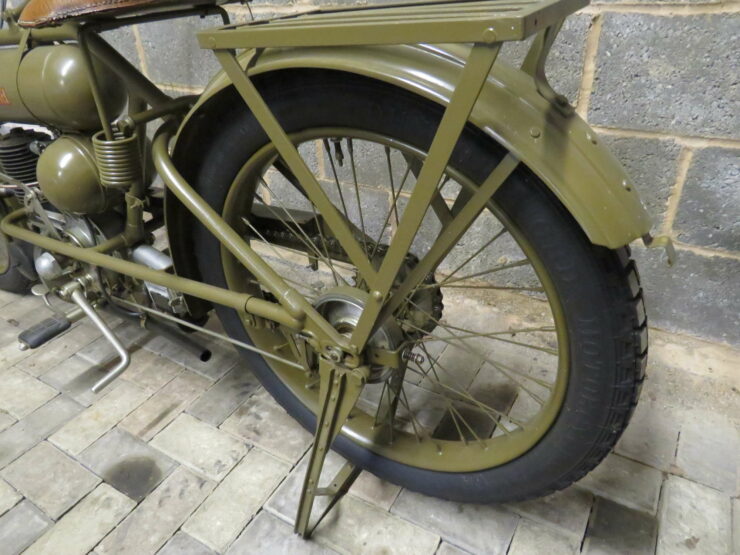
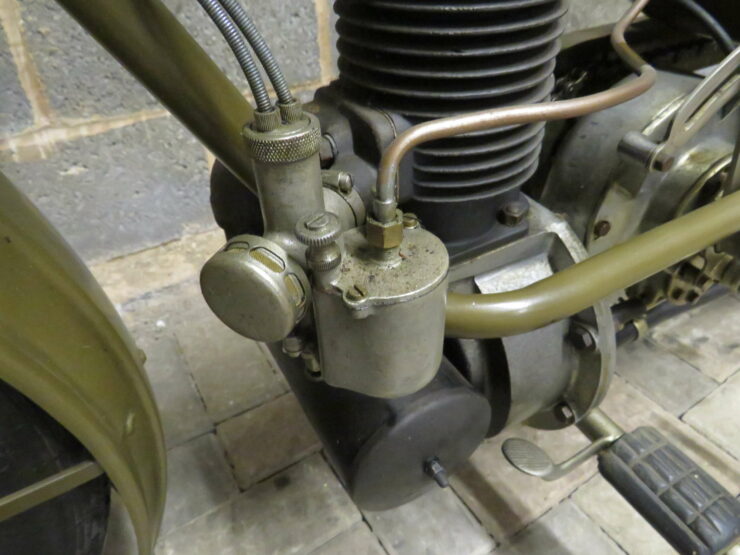

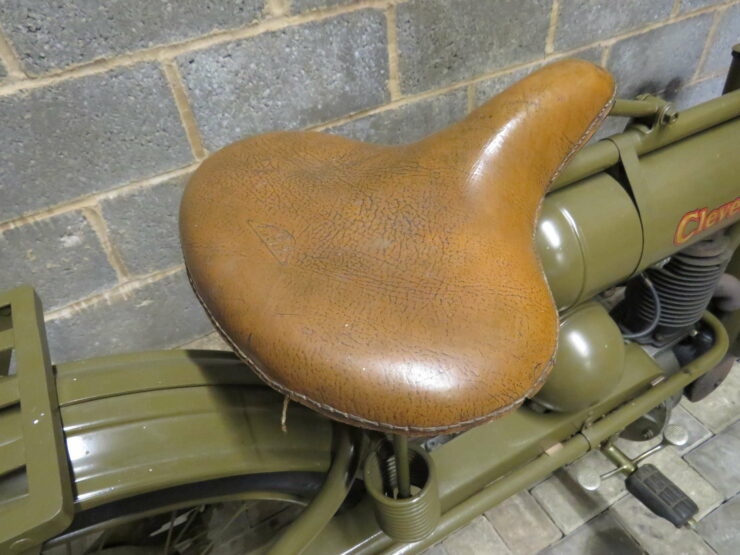
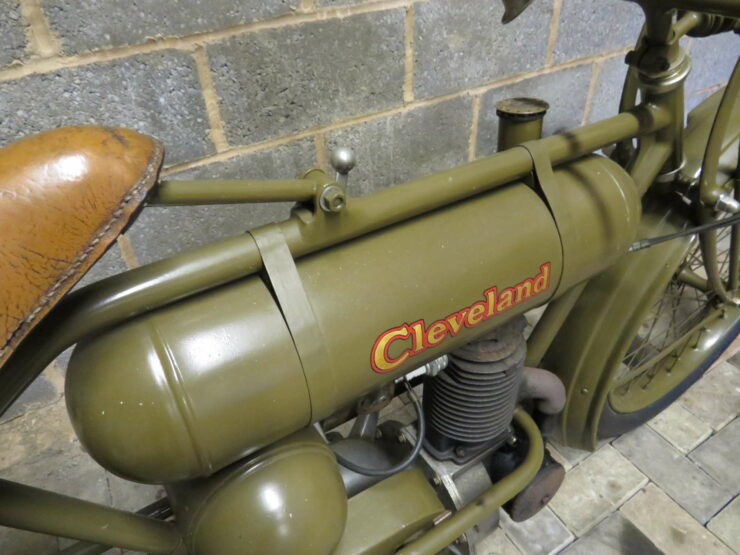
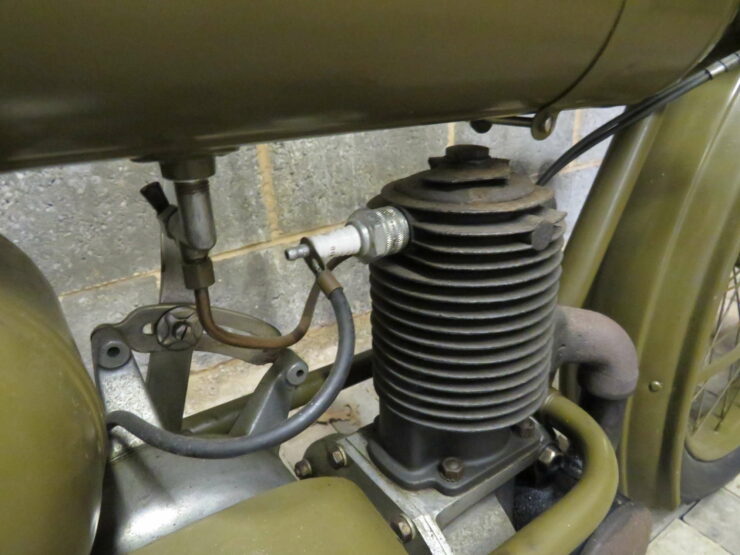
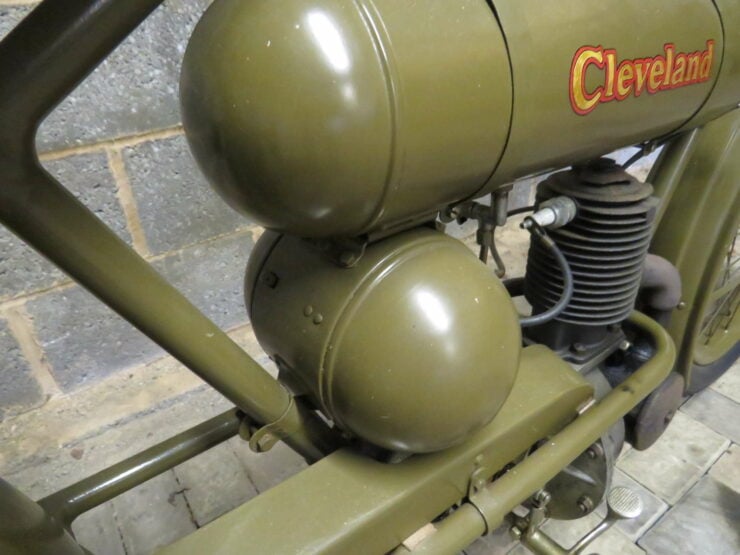
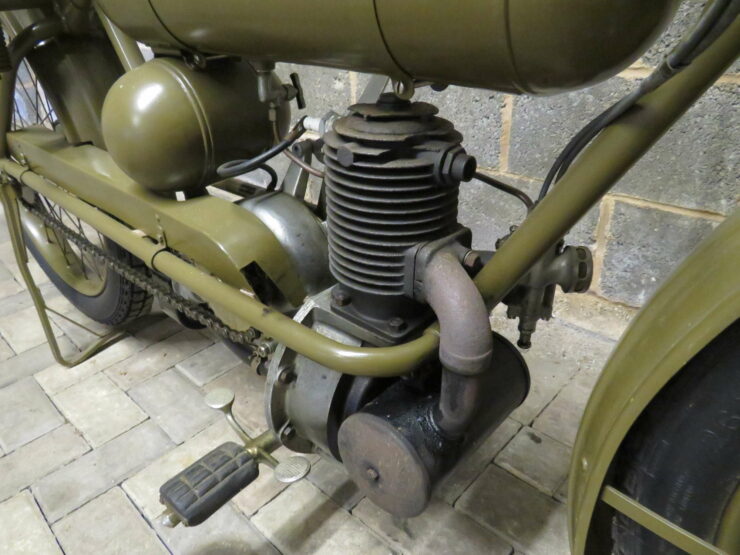
Images courtesy of Silverstone Auctions

